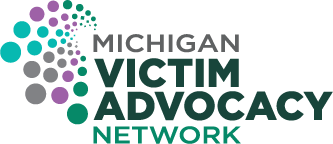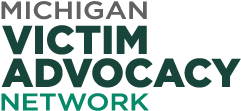What do domestic violence programs need to know in order to welcome and support male-identified and people of all genders? Getting real about patriarchy & power
May-June 2021
Articles from VAWnet
Part One: “Women survivors from diverse racial and cultural backgrounds also report more hesitation to utilize traditional DV programs. Further, LGBTQ (lesbian, gay, bisexual, trans, and queer) survivors experience significant barriers to seeking support from DV. We raise these facts not to diminish the real impacts of IPV on male survivors, but to critically examine the recent focus on serving men. This focus raises the question, “Are we bringing our interventions to scale for the survivors most impacted by IPV?” If the COVID-19 pandemic has taught the US anything over the past year, it is that health equity advances for everyone when the country centers care on those most marginalized. If this public health approach is applied to IPV and the needs of survivors most impacted by violence (LGBTQ folks, Black and survivors of color) are centered, this will inevitably lead to serving males and survivors of all genders with increased autonomy and dignity.” Read the full part one here.
Part Two: “Surviving IPV is distinct from experiencing oppression although the two are heavily connected. IPV programs must understand oppression AND have processes in place that assess for power imbalances in individual relationships in order to competently serve male-identified individuals, survivors of diverse racial and ethnic backgrounds, and people of all genders.” Read the full part two here.

